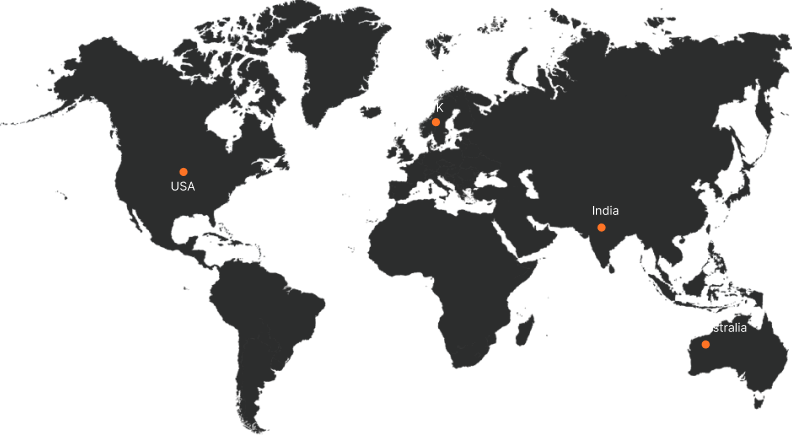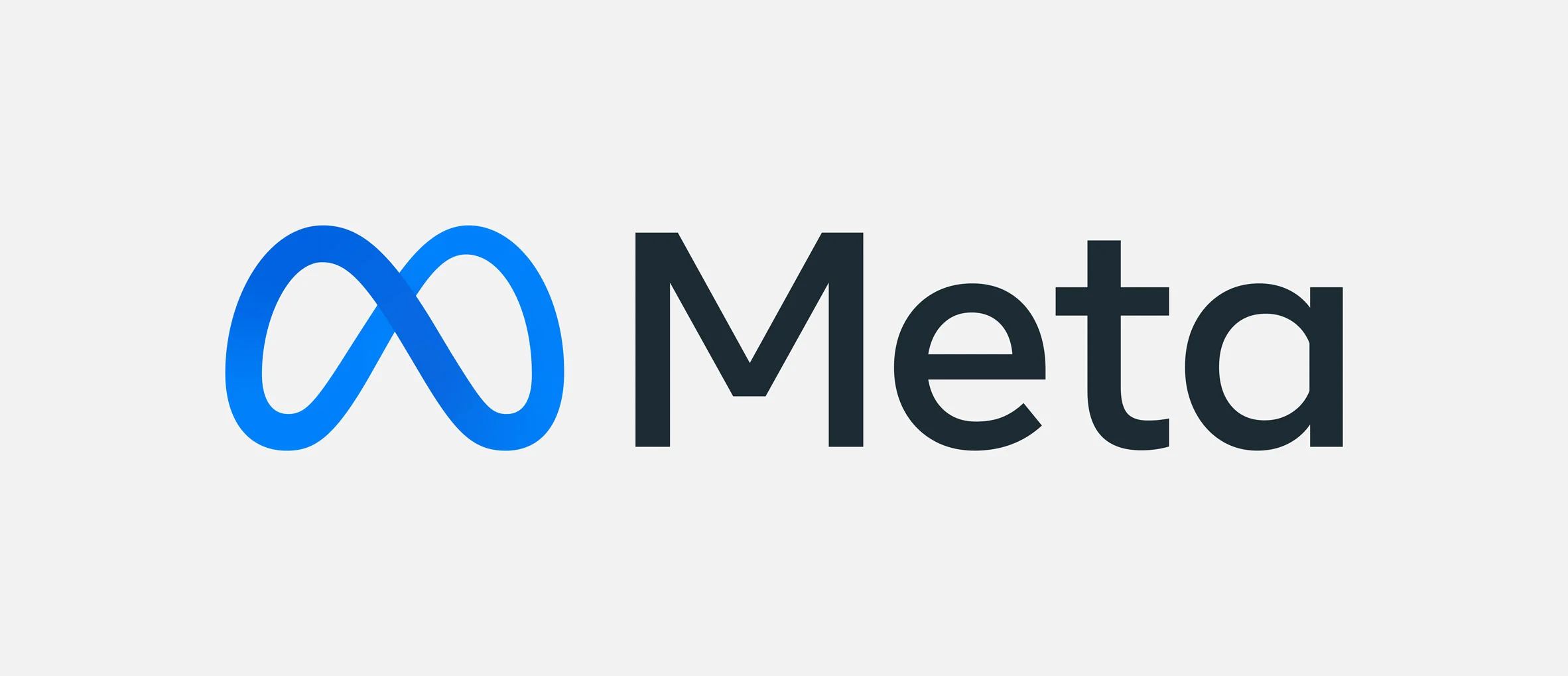How to Earn From a Website?

In today’s digital age, earn from a website isn’t just about showcasing your work or ideas—it’s also a powerful tool for generating income. Whether you’re looking to make a regular income or just some extra cash, there are several ways to monetize your website. In this guide, we’ll explore various strategies for earning from a website and provide actionable tips to help you get started.
Here are a few of the topics we’ll be exploring
- Affiliate Marketing
- Display Advertising
- Sponsored Content
- Sell Digital Products
- Offer Memberships or Subscriptions
- Provide Consulting or Services
Proven Methods to Earn from a Website
1. Affiliate Marketing
What is Affiliate Marketing?
Affiliate marketing includes promoting products or services from other companies and earning a commission for every sale through your referral links. It’s a popular way to monetize a website, especially if you have content that aligns with your promoting products.
How to Get Started:
- Join Affiliate Programs: Subscribe affiliate programs related to your niche. Popular affiliate networks include Amazon Associates, ShareASale, and CJ Affiliate.
- Promote Products: Create content that naturally incorporates affiliate links, such as product reviews, comparison articles, or tutorials.
- Track Performance: Use affiliate dashboards to monitor clicks, conversions, and commissions.
Example:
A tech blogger might join an affiliate program for electronics and include links to recommended gadgets in their reviews. Each time a reader clicks on the link and buys something, the blogger earns a commission.
2. Display Advertising
What is Display Advertising?
Display advertising includes placing ads on your website and earning revenue based on impressions or clicks. This can be done through networks like Google AdSense or directly with advertisers.
How to Get Started:
- Sign Up for Ad Networks: Join ad networks such as Google AdSense or Media.net.
- Place Ad Units: Integrate ad units into your website’s design. You can choose from display ads, text ads, or video ads.
- Optimize Ad Placement: Test with different ad placements to find what generates the most revenue without disrupting user experience.
Example:
A lifestyle blog can use Google AdSense to display ads related to travel, fashion, or home decor. The blogger earns money whenever a visitor views or clicks on the ads.
3. Sponsored Content
What is Sponsored Content?
Sponsored content includes partnering with brands or companies to create content that endorses their products or services. In exchange, you receive payment for publishing the content on your website.
How to Get Started:
- Build a Strong Audience: Brands are more likely to pay for sponsored content if they have a substantial and engaged audience.
- Reach Out to Brands: Contact companies relevant to your niche and offer to provide sponsored posts or reviews.
- Create Quality Content: Develop authentic content that smoothly integrates the sponsor’s message.
Example:
A food blogger might collaborate with a kitchenware company to write a sponsored review of their latest cookware. The company pays the blogger for the post, and the content helps promote the product.
4. Sell Digital Products
What are Digital Products?
Digital products include downloadable eBooks, courses, templates, or software. Selling digital products can be an attractive way to monetize your competence and provide value to your audience.
How to Get Started:
- Identify Your Niche: Determine what digital products would be valuable to your audience.
- Create the Product: Develop high-quality digital products that solve problems or meet needs.
- Set Up a Sales Platform: Use platforms like Shopify, WooCommerce, or Gumroad to sell and deliver digital products.
Example:
A graphic designer might create and sell design templates or tutorials. Visitors to their website can purchase and download these products directly.
5. Offer Memberships or Subscriptions
What is Membership or Subscription-Based Content?
Offering memberships or subscriptions involves providing exclusive content or services to users who pay a recurring fee. This model creates a stable stream of income and builds a loyal community.
How to Get Started:
- Determine Membership Benefits: Decide what exclusive content or perks you’ll offer members, such as premium articles, courses, or community access.
- Set up a Payment System: To manage memberships and subscriptions, use platforms like Patreon, MemberPress, or Substack.
- Promote Your Membership: Market your membership or subscription service to your audience through your website, email lists, and social media.
Example:
A fitness website could offer a subscription-based service that provides access to exclusive workout plans, nutrition guides, and a private community for support and motivation.
6. Provide Consulting or Services
What Are Consulting or Services?
If you have proficiency in a particular field, you can offer consulting or professional services directly through your website. This model is ideal for those who want to leverage their skills to earn income.
How to Get Started:
- Define Your Services: Outline the consulting or services you offer, such as coaching, design services, or business consulting.
- Create a Booking System: Set up a system for clients to book and pay for your services using tools like Calendly or Acuity Scheduling.
- Market Your Expertise: Promote your services through your website, blog posts, and social media to attract potential clients.
Example:
A marketing expert might offer consulting services to businesses looking to improve their online presence. Clients can book consultations and pay for services directly through the website.
Conclusion
Monetizing a website can be rewarding, whether you want full-time income or extra cash. You can find the best strategy that aligns with your goals and audience by exploring numerous methods like affiliate marketing, display advertising, sponsored content, selling digital products, offering memberships, or providing consulting services.
Remember, building a successful revenue stream from your website takes time, effort, and experimentation. Start by implementing one or more of these policies, track your results, and refine your approach as needed. With persistence and creativity, you can turn your website into a profitable venture, inspiring others with your success.












